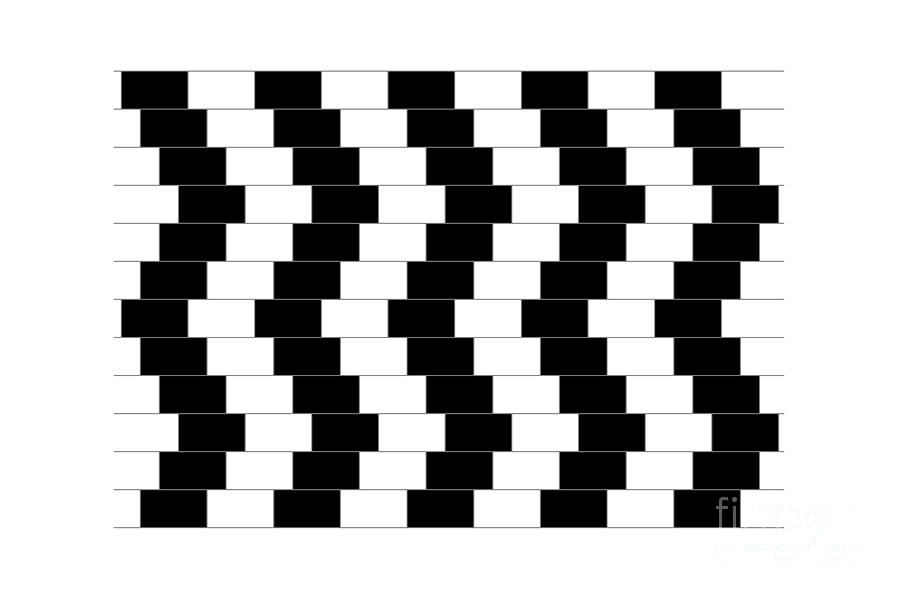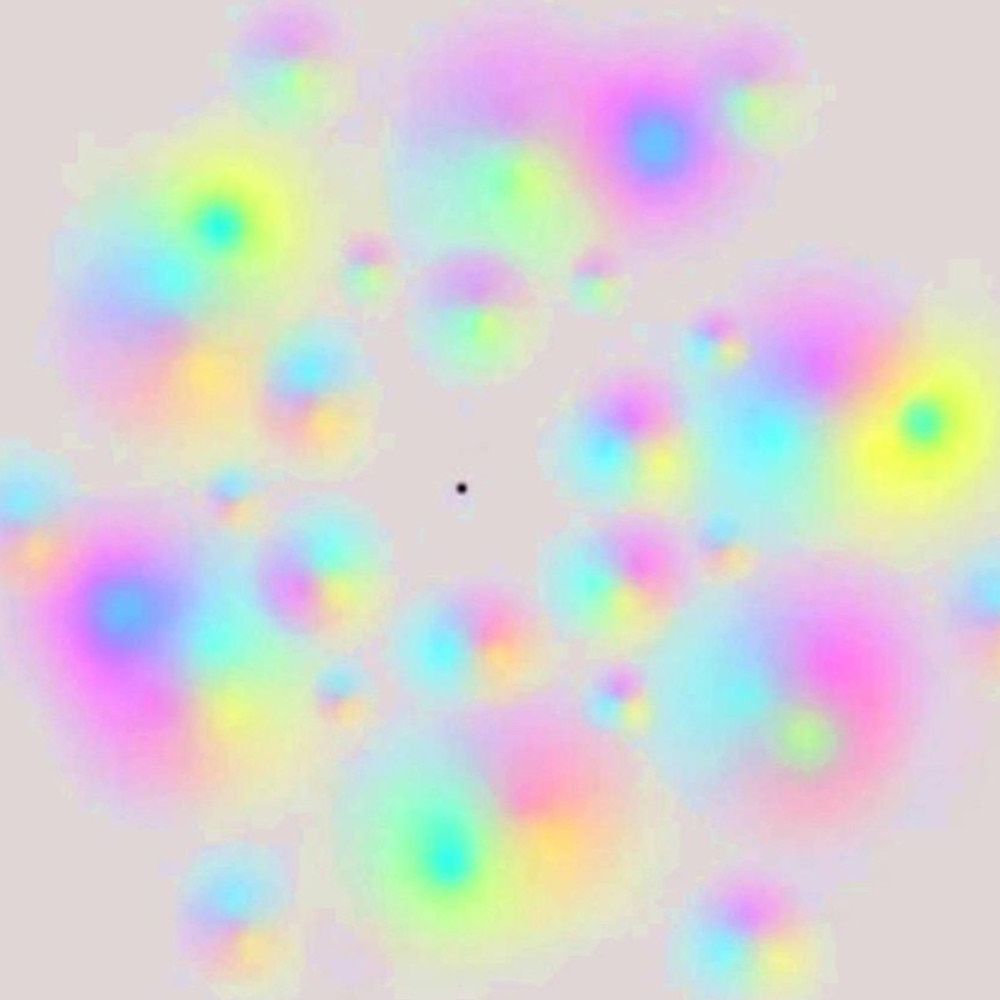What you see isn\'t always what you get—especially when it comes to optical illusions. These fascinating visual tricks exploit the brain’s shortcuts in interpreting what our eyes observe, leading us to perceive things that aren’t really there. From shifting lines to color-changing objects, illusions are more than just mind games—they’re insights into how perception works. Whether they’re rooted in neuroscience or just incredibly well-designed, these five illusions will make you question your reality (and maybe stare at your screen for way too long).
5. The Checker Shadow Illusion
At first glance, it looks like a simple checkerboard with a shadow cast over part of it. But when you compare two specific squares—one in shadow and one in light—you’ll swear they’re different colors. In reality, they’re exactly the same shade. This illusion plays on how our brain compensates for lighting, adjusting our perception of color based on context, not actual data.
4. The Café Wall Illusion

Rows of alternating black and white tiles appear to be sloping or wavy, even though they’re perfectly straight and parallel. First noticed on a tiled wall in a café, this illusion is caused by the way our brains detect contrast and edge alignment, creating a false sense of movement or distortion where none exists.
3. The Spinning Dancer

This one is a classic—and a real test of your brain’s lateral thinking. A silhouetted dancer appears to spin in one direction, but look again and she might flip to spin the other way. The illusion is a perfect example of bistable perception, where your brain can interpret ambiguous data in two different, equally plausible ways.
2. The Troxler Effect

Stare at a fixed point in an image for long enough—especially one surrounded by color or patterns—and the edges may seem to fade away. This illusion happens because your brain starts ignoring the unchanging parts of your visual field, effectively \"editing out\" peripheral details to focus on what\'s important. It’s eerie, and a powerful demonstration of selective attention.
1. The Ames Room

An oldie but a mind-blowing goodie. The Ames Room looks like a normal room when viewed from a specific angle, but people inside appear to shrink or grow as they walk across it. That’s because the room is actually a distorted trapezoid in disguise. It warps your sense of size and depth by forcing a single-point perspective, overriding your brain’s usual 3D processing. It’s not just an illusion—it’s architectural misdirection at its finest.

Leave a Comment